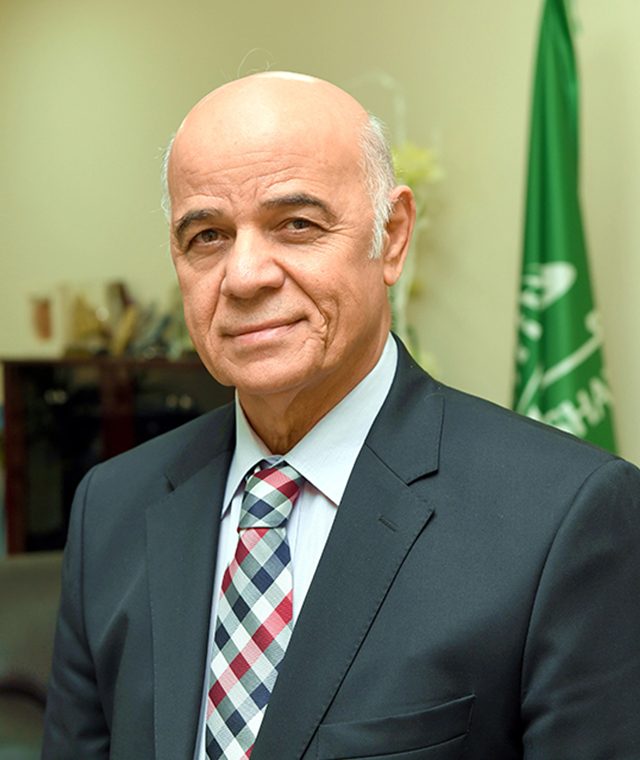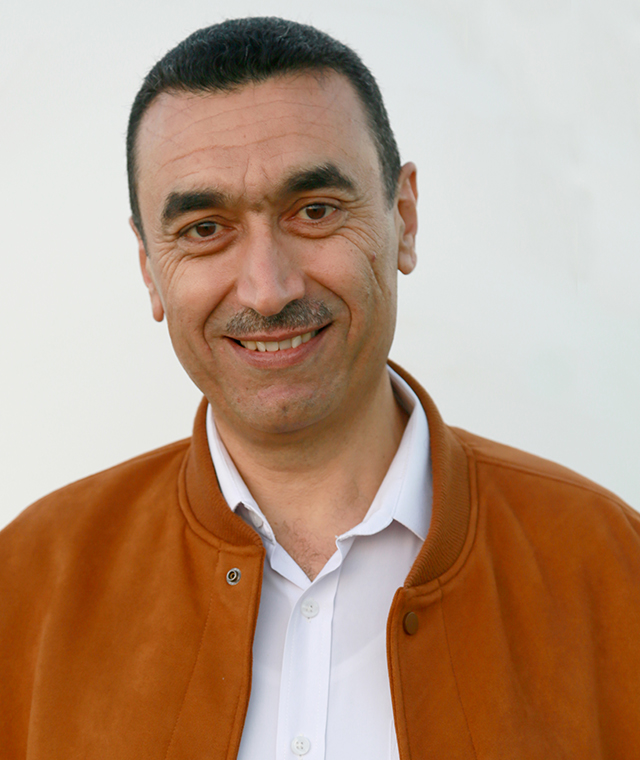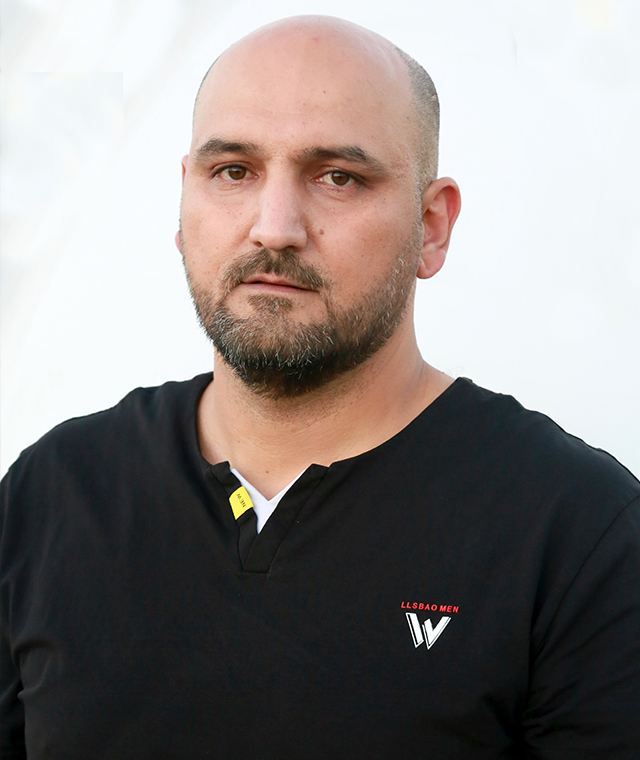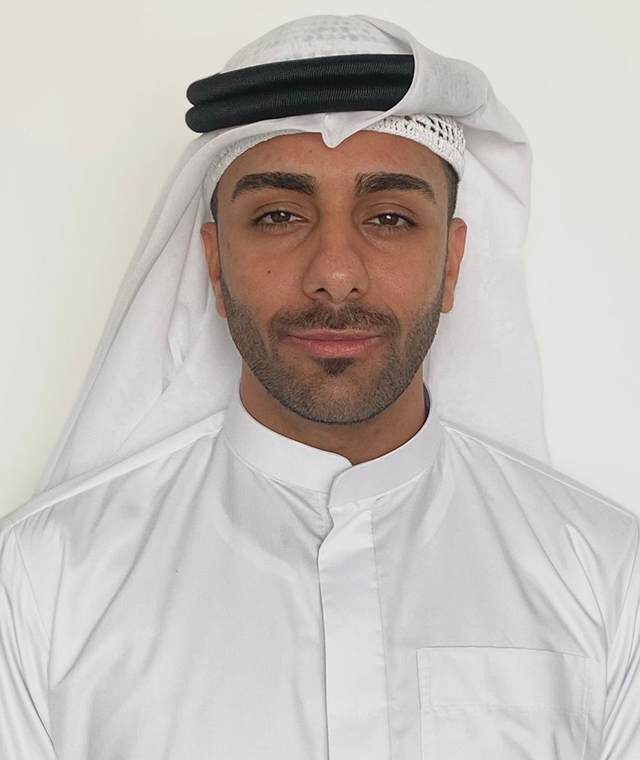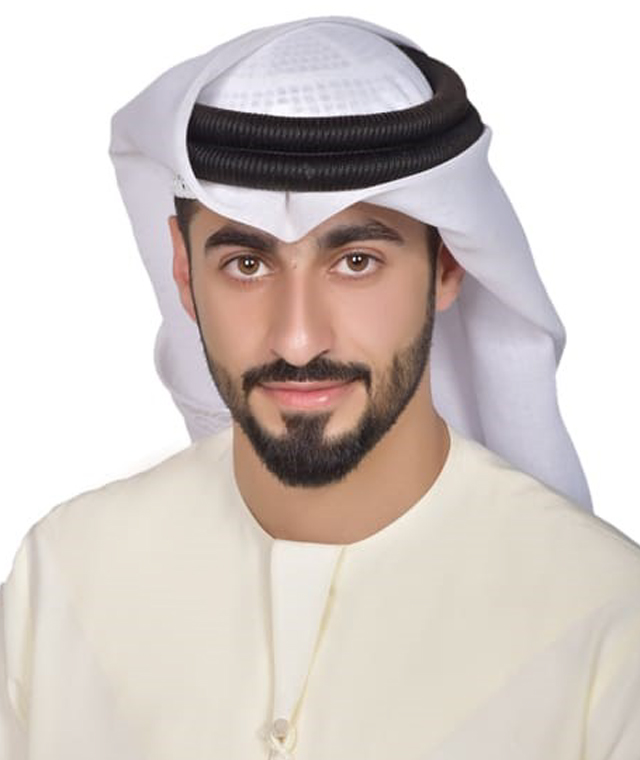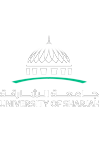SHARJAH, UAE
Sharjah Optical
Observatory
Observation . Researches . Events
Explore the Universe with yourEyeson the sky
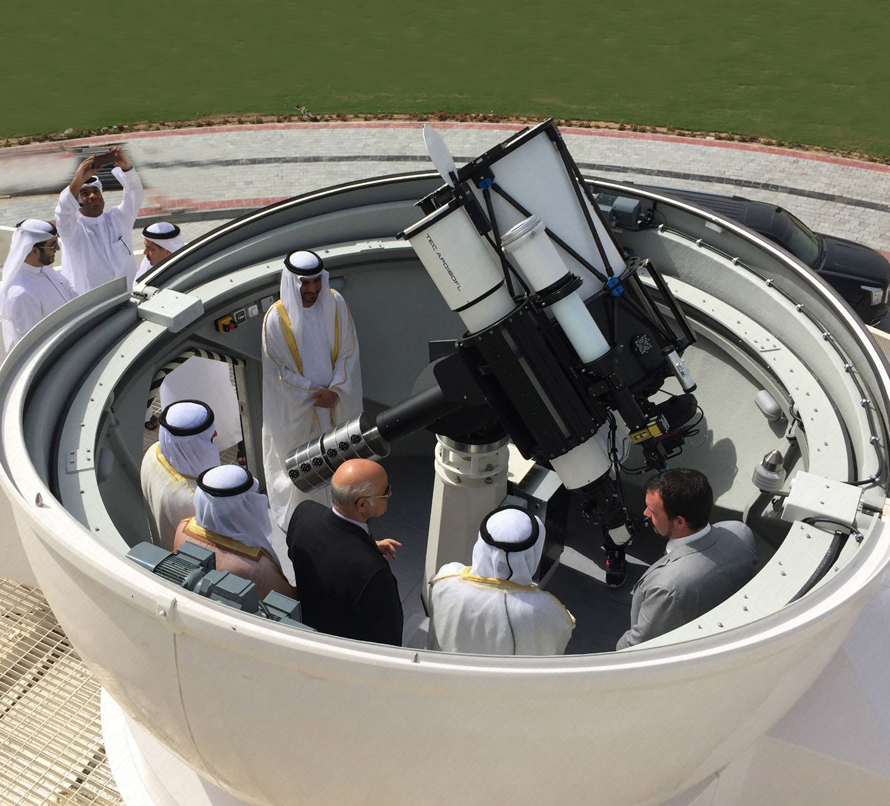
About The Observatory
Our Vision
Our ultimate goal is to establish Sharjah Optical Observatory as a leading entity in observational astronomy in the region via reaching out to the general public at all educational levels and outputting vital scientific research projects.
Our telescopes
1
17” (431 mm) / f6.8
2
7" (180 mm) / f7
3
4" (105 mm) / f5.2
Anywhere, Anytime
This system is unique in the quality of the lenses used and its high quality mirrors. It is connected to an electronic control network that posts the acquired data on the internet to enable users to use the telescope anywhere in the world. Academically, the observatory plays a significant role in teaching astronomy and astrophysics to university students who are rapidly increasing in numbers every semester.
Enthusiasts and the general public would also have a share in the sky as there are specific nights every month designated for public viewing with assistance from astronomers at the Academy. Important astronomical events such as the lunar and solar eclipses are broadcast to the halls inside the Academy for the public to see such events collectively.
A Brief Of Our Activity
The Sharjah Optical Observatory continues to offer its special activities to the public and students
that support astronomical knowledge and awareness.
Public Outreach
We take them between galaxies and reach with the limits of the Universe to advance their knowledge of the Universe.
Exoplanets
We explore and study them and search among them for new evidence that enables us to better understand the universe.
Following the NEO’s
We follow and track the planets and orbits which enable us to study them and predict their movements.
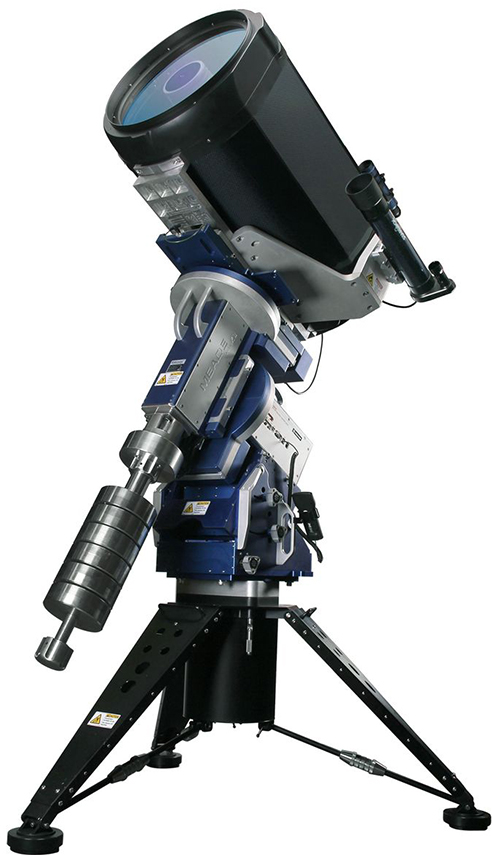
Astrophotography
Astronomical photography is the depiction of astronomical objects, celestial events, and areas of the night sky to share with you
Binary Stars
Star system consisting of two stars orbiting around their common barycenter. Here it is our turn to explain that to you.
Crescent Hijra
We monitor the crescent for you at the beginning of every Hijri month to inform you of its entry and the observance of its rites
From Our Telescope
to share the passion and beauty of the universe

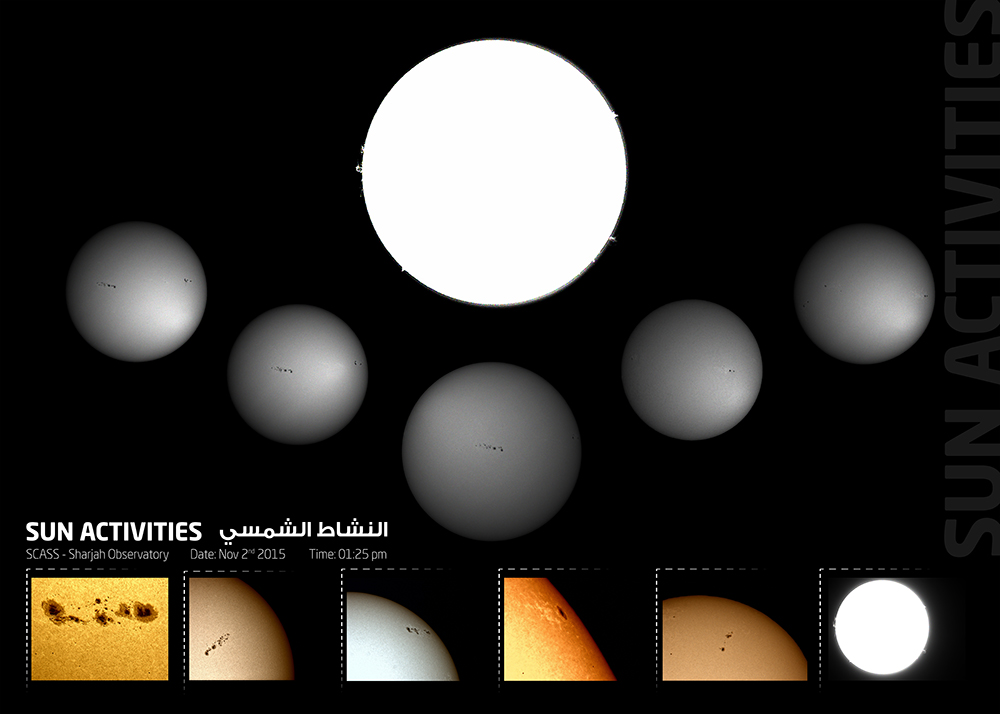
Our Research Follow-Up
Sunspot Monitoring
Comets
Asteroids
Variable Stars
What is Astronomy ?
Astronomy is a scientific observational and theoretical approach towards all objects beyond Earth’s atmosphere. That includes everything that a human’s naked pair of eyes can and even cannot see. Namely, single stars, binary stars, multiple stars, nebulae, black holes, galaxies, asterisms, meteors, asteroids, comets, planets, moons and many more!


Observational Astronomy
Optical Spectrum
Optical astronomy, also referred to as visible-light astronomy, is the study and analysis of incoming light from celestial objects with wavelengths that lie in the optical/visible range from the electromagnetic spectrum which is from 400 nm to 700 nm. Nowadays, CCD cameras are used to take images whereas prior to modern technology, visible-light astronomers used to draw what they see on their hands.
Our Beautiful Gallery
Meet Our Team
Our Professional Astronomers
